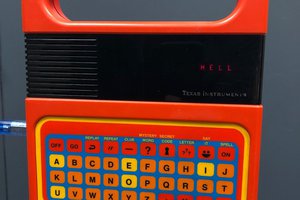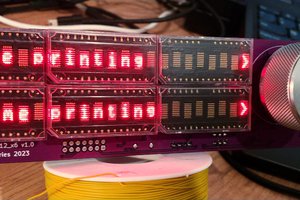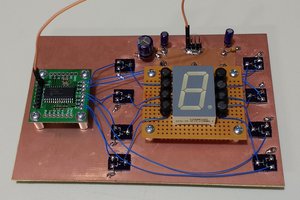Breathing has a complex influence on peripheral and central nervous system structures associated with anxiety and response to stress. These systems have characteristic resonance frequencies. Breathing at rates near these resonance frequencies can activate and strengthen control over nervous system responses. One well-known resonance lies at 0.1Hz -- 6 breaths per minute.
A breath pacer can be valuable tool for finding and exploring resonant frequencies that produce a calm state of mind and body. The Source of Slack gives a visual timing signal that may assist that process. It is intended as a potential aid for relaxation and meditation only, not for treatment of any medical symptoms or conditions.
The Pro Trinket provides reliable timing for an multicolor LED display that tracks the inhale/exhale cycle. Initially, the device displays a 6 breath per minute cycle. Push the button each time you reach the lowest point of your exhalation, then stop the button presses for 5 seconds. The device will start pacing at your current breath rate, then gradually lengthen the cycle time until it reaches 6 bpm. This eases you gradually into the target breathing cycle.

 Fabian
Fabian
 Patrick Hickey
Patrick Hickey
 Michael
Michael
 Ted Yapo
Ted Yapo